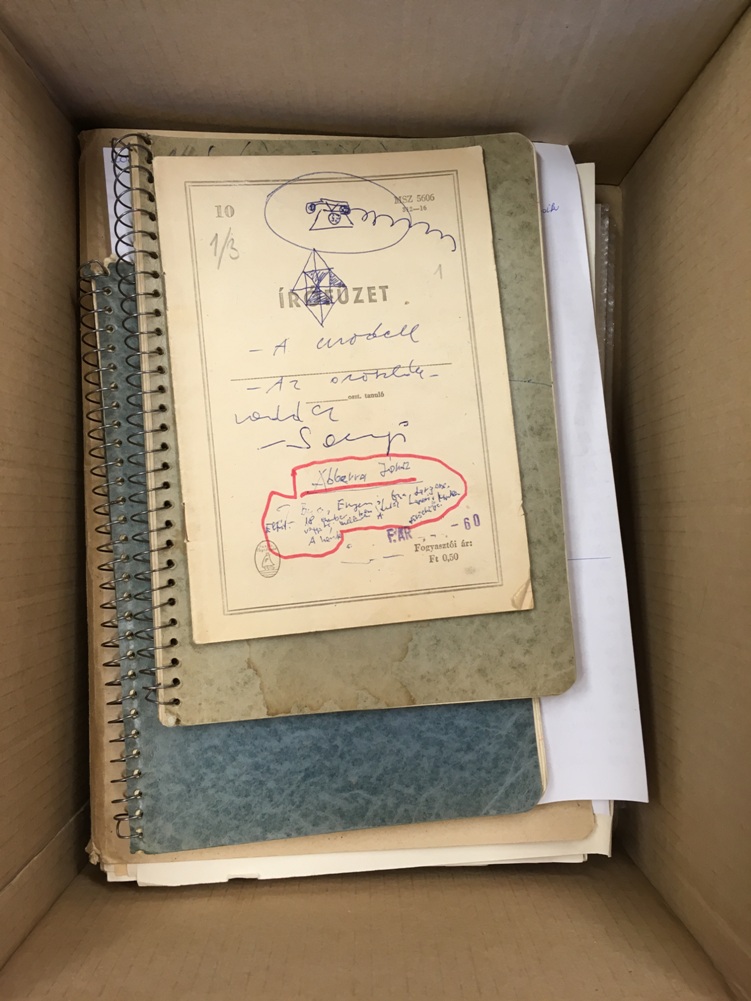Hajnóczy-hagyaték
Hajnóczy-hagyaték
Ez a katalógus Hajnóczy Péter (1942–1981) teljes fennmaradt hagyatékának adatait tartalmazza, valamint a rekordokon keresztül hozzákapcsolt link formájában elérhetővé teszi a dokumentumok saját fejlesztésű repozitóriumi eszközre feltöltött digitális fakszimiléit. Az archívumi adatbázis leírást ad a kiadásban megjelent szövegek kéziratairól és a kiadatlan írások szövegváltozatairól, továbbá adatokat szolgáltat a hagyatéki könyvtárgyakról, levelekről, hivatali iratokról, újságkivágatokról és a szerző által felhalmozott képanyag tételeiről is. A katalógusban szereplő dokumentumok fotózása több részletben, 2018 szeptembere és 2019 februárja között, illetve 2020 decemberében történt Szegeden és Hódmezővásárhelyen, a Szegedi Hajnóczy Péter Hagyatékgondozó Műhely támogatásával és a jogutód, Végh Ágnes hozzájárulásával, aki végül a teljes anyag nyilvános közlését is engedélyezte jelen projekt keretei között. Abban az időben, amikor a kéziratok fotózás megkezdődött, az ITIdata és a Digitális Örökség Nemzeti Laboratórium még nem létezett, a projekt elsődleges célja az volt, hogy megelőzze az állagromlást, hiszen a dokumentumok 1981 óta sosem kerültek közgyűjteménybe, szakszerű katalógus nem készült róluk.
Hajnóczy Archive
The catalog contains the data of manuscripts and unpublished works of Péter Hajnóczy (1942–1981), and makes available the digital facsimiles of the documents uploaded to a repository device through a link to the records. The archive database provides descriptions of the manuscripts of the texts published in the edition and the text versions of the unpublished writings, and also provides data on the surviving library collections, letters, biographical documents, newspapers and items of image material collected by the author. The documents included in the catalog were photographed in several parts between September 2018 and February 2019 and December 2020 in Szeged and Hódemezővásárhely, with the support of the Péter Hajnóczy Hagyatekgondozó Műhely in Szeged and with the consent of the legal successor, Ágnes Végh. In the end, the heir also authorized the public communication of the entire material within the framework of this project. At the time when the digital archiving of the manuscripts began, itidiata and the National Digital Heritage Laboratory did not yet exist, the primary goal of the project was to prevent further decay, since the documents had never been included in a public collection since 1981, and no professional catalog had been made of them.

